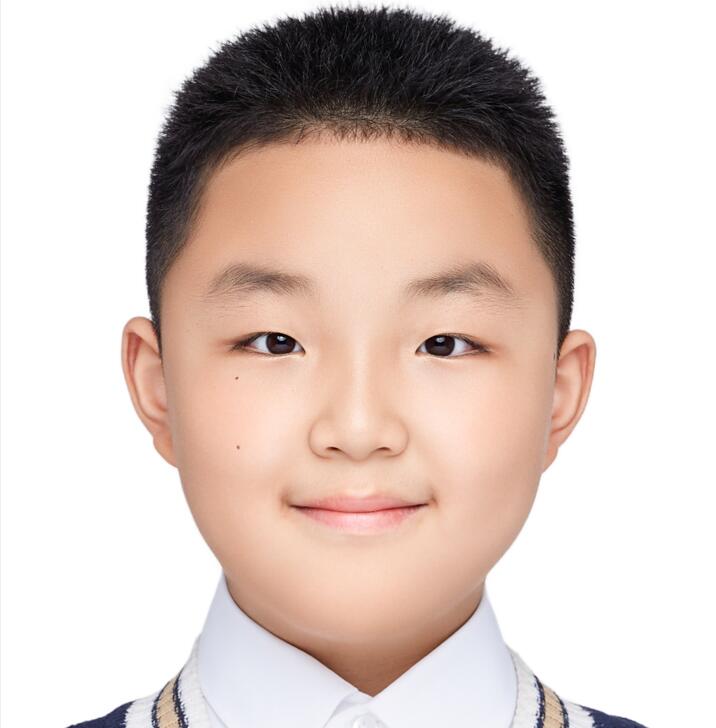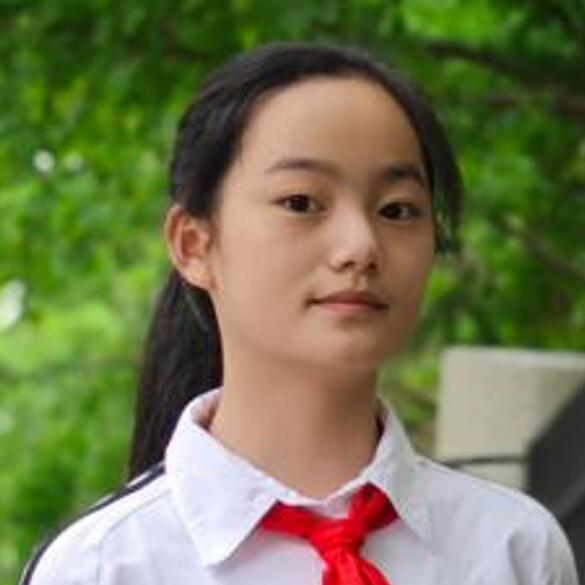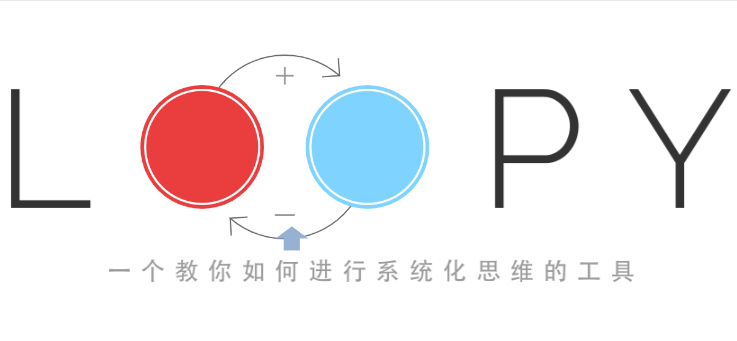


Hello everyone. The theme of our group
project is a study on the myopia rate of adolescents in modern society. Next,
we will report from three aspects: project introduction, system analysis, and
conclusion statement.
According to the observation of our group
of classmates, the development of technology in today's society has brought
great convenience to our lives, such as computer technology and medical
technology, which reflect the modernization, digitization, and intelligence of
our lives. However, even in our current society, there are still many issues
related to the health of our teenagers, which are also many core issues that
people in society are concerned about. Therefore, our classmates chose one of
the studies that is more relevant to our daily lives, which is related to the
myopia rate of teenagers.
After investigation, we have listed these
factors that can affect the myopia rate in adolescents, including electronic
products, academic stress, outdoor exercise, sleep quality, and medical
treatment. And applying social needs and the progress of technological level
every decade to simulate social development, reflecting the process of social
modernization, and appropriately influencing other factors. Among them, an
increase in the usage time of electronic products will seriously increase the
myopia rate of teenagers, so we used three positive correlation arrows. The
improvement of medical treatment level can also effectively reduce the myopia
rate in teenagers, so we used three negative correlation arrows. Sleep quality
and outdoor exercise time are also significantly negatively correlated with the
myopia rate in teenagers. Academic pressure is not directly related to
adolescent myopia rates, but it is also closely related to our daily lives, and
is negatively correlated with outdoor exercise time and sleep quality. Among
these factors, we also considered other influencing relationships, please refer
to our project presentation for details.
In our project, we conducted multiple
tests, but due to time constraints, we made a bold decision to control the
basic presentation of the entire project to around 20 seconds. And within these
20 seconds, we can divide it into four stages based on the changes in
adolescent myopia rate.
In the operation of Loopy, we can see that
the myopia rate of teenagers in the first stage gradually decreases from the
initial value, rises to the maximum value in the second stage, decreases again
and reaches zero in the third stage, fluctuates slightly in the fourth stage,
but tends to stabilize overall, and then remains at zero for the rest of the
time. From this, it can be concluded that the myopia rate among adolescents
will be controlled in the future. We can refer to the line statistical chart of
myopia rates among teenagers in various regions in recent years, and it can be
seen that our current myopia rate among teenagers is continuously increasing,
that is, before the first stage, it is far away from the fourth stage. So,
let's not mention the accuracy of our conclusions for now, but in the end, we
still want to say that social tendencies are inevitable, and controlling the
myopia rate in teenagers is a trend that requires the efforts of each
individual. We cannot let up on protecting our own vision just because of the
conclusions drawn from the data. This is what each of us should do. This
concludes our speech. Thank you for your listening.
大家好,我们小组项目的主题是现代化社会中青少年近视率的研究。接下来我们会从项目介绍,系统分析,以及结论陈述三个方面进行汇报。
根据我们小组同学的观察,现今社会,科技水平的发展给我们的生活带来了极大的便利,比如现在的计算机技术和医疗技术,体现了我们生活的现代化,数字化,智能化。然而,就是在我们目前这个社会中,有关我们青少年健康的问题依旧不在少数,也是社会中人们关注的许多核心问题,于是,我们同学选取了其中比较贴切我们生活的有关青少年近视率的研究。
经过调查,我们列举了这些可以影响青少年近视率的因素,包括电子产品,学业压力,户外运动,睡眠质量和医学治疗。并且应用社会需求,每十年科技水平的进步两个因素模拟社会发展,体现社会现代化的过程,适当影响其他因素。其中,电子产品使用时间的增加会严重增涨青少年近视率,所以我们运用了三根正相关箭头。而医学治疗水平的进步也可以有效减少青少年近视率,所以我们运用了三根负相关箭头,睡眠质量与户外运动的时间与青少年近视率也明显呈负相关。学业压力与青少年近视率无直接关系,但与我们的生活也密不可分,和户外运动时间与睡眠质量呈负相关。在这些因素中,我们还考虑了其他的影响关系,具体请看我们的项目展示。
在我们的项目中,我们进行了多次测试,然而因时间有限,我们做出了大胆的决定——将整个项目基本的呈现控制在了20秒左右。而这20秒内,我们又可以根据青少年近视率的变化,将其分为4个阶段。
在loopy的运行中,我们可以看见第一阶段青少年近视率由一开始的初始值逐步下降,第二阶段上升达到最大值,第三阶段再次下降并达成了清零,第四阶段略有波动,但总体趋近于平稳,之后的时间便一直清零。由此得出结论,青少年近视率在将来是会得到控制的。参考近年各地青少年近视率统计数据,可以看出我们目前青少年近视率是在持续上升,也就是第一阶段之前,与第四阶段相隔时间遥远。于是,先不提我们结论的准确性,但我们在最后还是想说,社会倾向无所避免,青少年近视率的控制是大势所趋也需要我们每个个体的努力,我们不能因为由数据得出的结论就松懈了对自己视力的保护,这是我们每个人应该做的,我们的演讲到此结束,谢谢大家。


